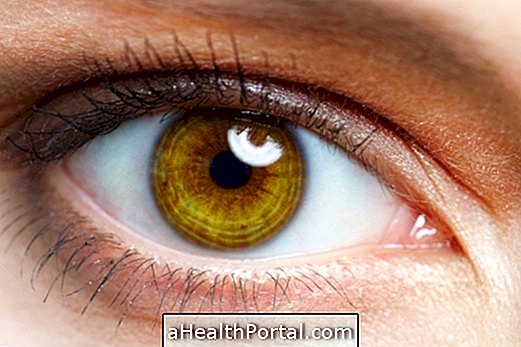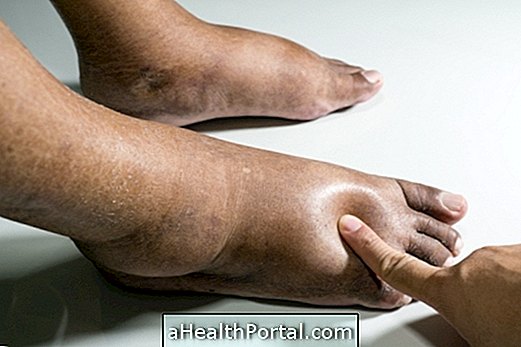Color blindness tests help confirm the presence of this change in vision, as well as helping the doctor identify the type, which facilitates treatment. While color testing can be done online, the diagnosis of color blindness must be confirmed by an optometrist.
Identifying color blindness in childhood is important so that the child feels more integrated in the classroom by increasing school success. In the case of the adult, knowing his own type of color blindness helps to adopt strategies to know how to combine colors in clothing or decoration, or to differentiate green apple from red apple, for example.
Understand better what color blindness is and what types there are.
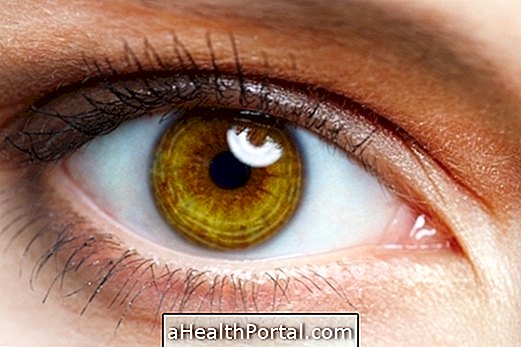
Available color blindness tests
There are 3 main tests that can be used to aid in the diagnosis of color blindness. They include:
- Ishihara test: it is done by observing dotted cards of several different shades, in which the person must indicate which number he can observe;
- Farnsworth test: helps diagnose acquired color blindness and is done using four plastic trays, with one hundred capsules in different shades, which the observer must organize by color in 15 minutes;
- Holmgreen Wool Test: This test assesses the ability to separate different wool yarns of different colors by color.
1. Adult Testing Online
One of the tests that can be most easily done at home to try to identify a case of color blindness is the Ishihara test. For this the following image should be observed:
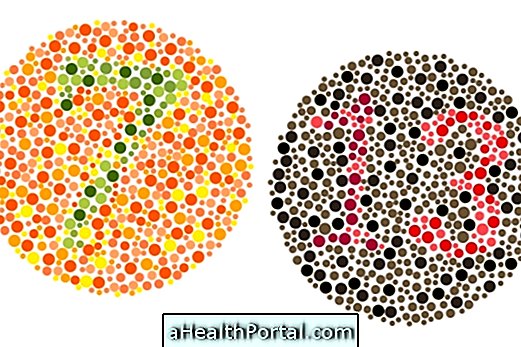
What should be observed in the images is:
- Image 1: The person with normal vision looks at number 7;
- Image 2: note number 13 to indicate normal vision.
While this test may indicate a person's risk of having color blindness, it is not a good idea to make the diagnosis, so always consult an optometrist.
2. Children's Online Test
The infant Ishihara test consists of observing geometric forms and paths, because children do not always know the numbers, although they are able to see them.
So, to test with your child, you should be asked to look at the following pictures for about 5 seconds and try to follow the paths presented with your finger.
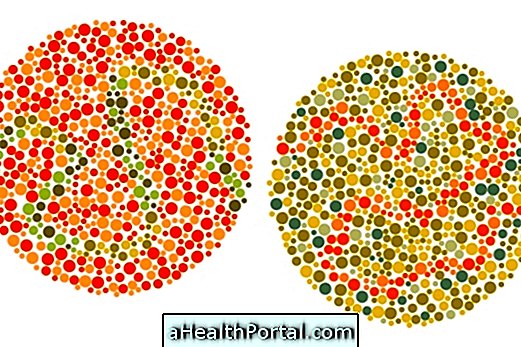
When the child can not tell what he sees, or can not follow the forms above the image, it may indicate a case of color blindness, so it is advisable to consult your pediatrician and an optometrist.
Other tests that may help
In addition to these tests, the doctor may also use other methods, such as the electrometography exam, for example, to evaluate the electrical response of the eye to light stimuli.
The milder cases of color blindness in most cases may not be diagnosed, since the person does not feel much change in their daily life and, therefore, also does not seek medical help.
When you suspect color blindness
Usually from 3 years of age it can be suspected that the child is colorblind when he is not able to correctly identify the colors, but usually his diagnosis is made later, when he already collaborates better with the test, identifying better the figures and test numbers.
It is possible to begin to distrust the diagnosis when the child can not answer correctly when asked about a color or paint designs with the wrong colors, such as painting a pink carrot or a yellow tomato, for example.
In addition, another common sign of color blindness arises in adolescence when the youngster is unable to properly coordinate colors. Therefore, it is recommended to consult the ophthalmologist before the child enters school, to make the appropriate vision tests and to diagnose possible problems besides color blindness.
